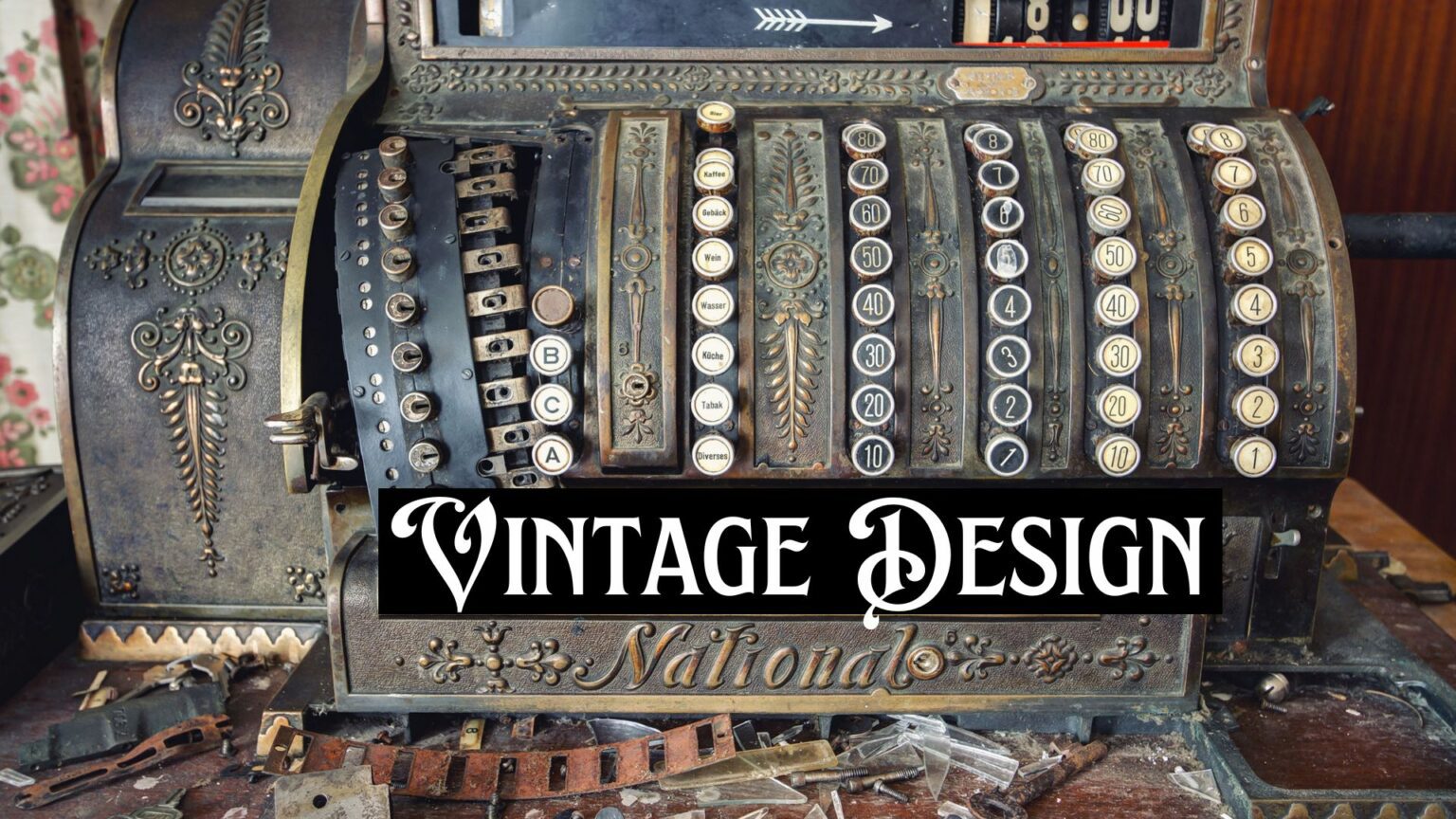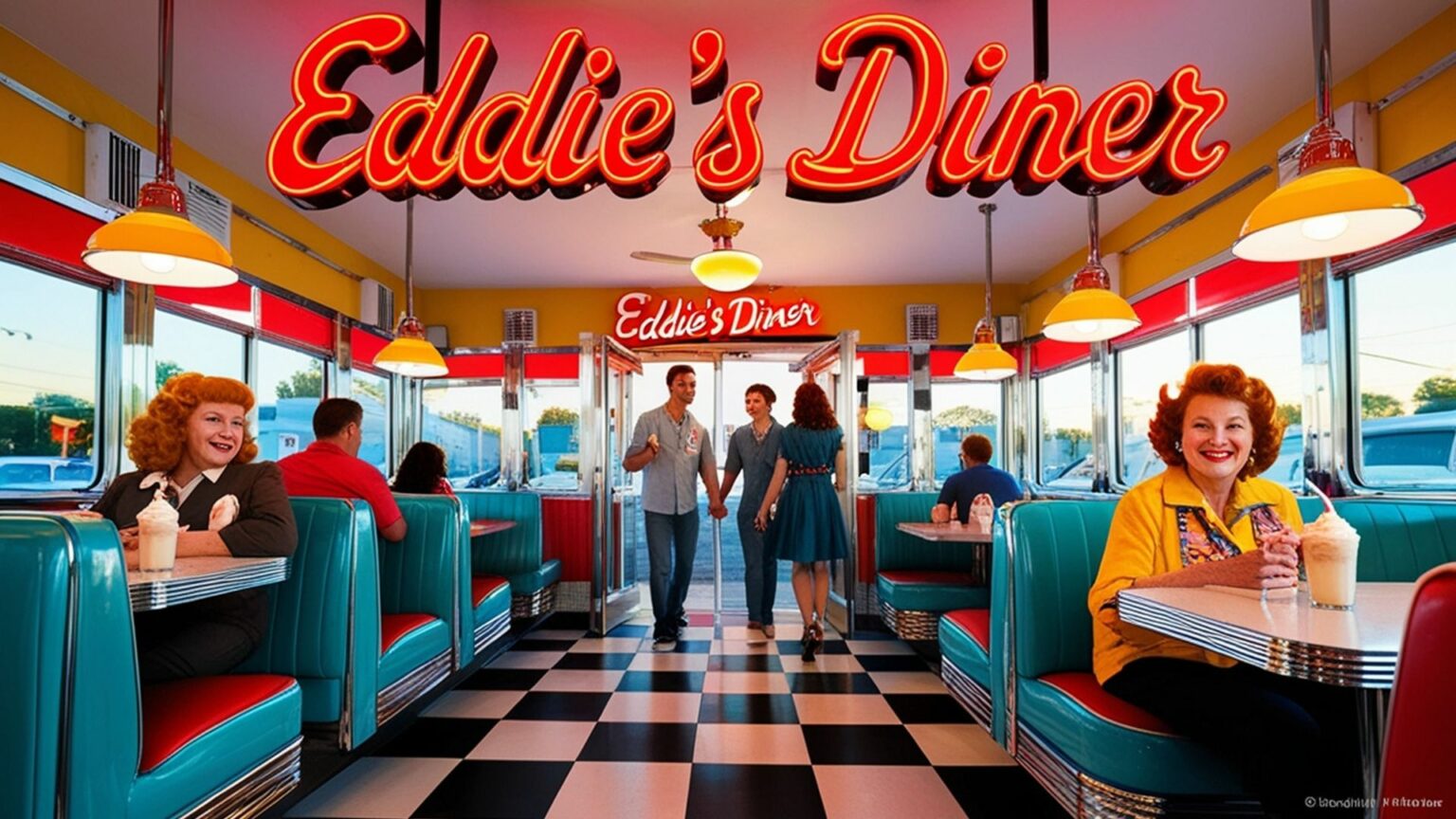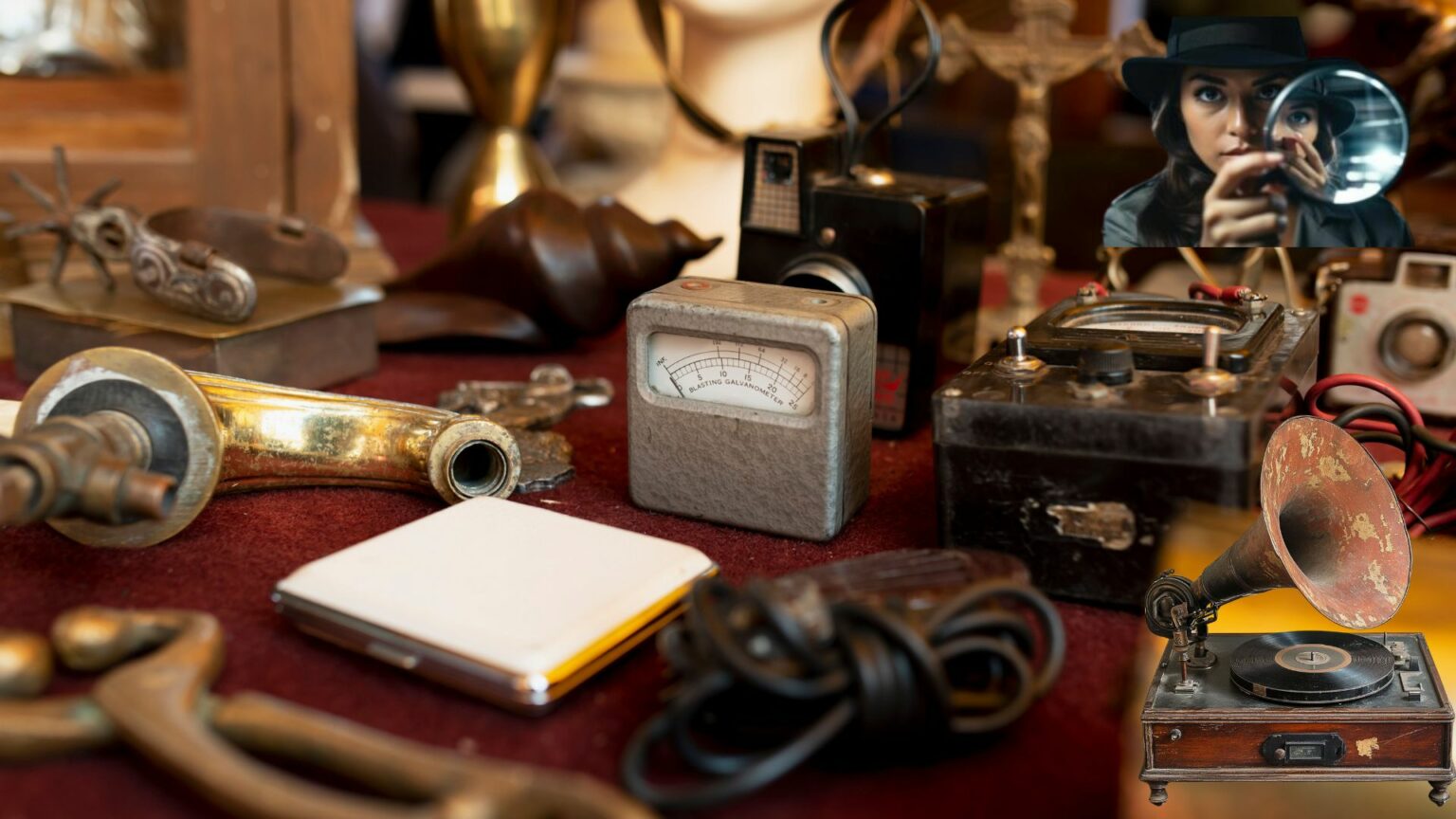Home » Using Vintage Design with a Nostalgic Feel
Using Vintage Design with a Nostalgic Feel

Have you ever stepped into a room and felt like you’d stepped into another time? If so, that’s the genius of using vintage designs! Because it’s not just about decorating; rather, it’s about incorporating history, memories, and charm into your space. In fact, vintage design provides something timeless and personal, whether you’re an antique lover or just starting off with retro styling. So, learn how to use this design in your home or business and discover why it’s truly worth it.
A Closer Look at Using Vintage Design
When you start with old decor, you don’t have to change everything at once. Instead, putting in the pieces that just seem perfect is the key. To begin with, you can kick things off by hunting for genuine vintage pieces. Thrift stores and flea markets? Without a doubt, they’re absolute gold mines. With a little searching, you may uncover treasures that no mass-produced object can hold a candle to.
Once you have your gems, it’s all about finding the perfect spot for them in your home. Vintage items should serve your needs, rather than the opposite. Picture this: an elegant console table poised over an antique mirror. It serves its purpose and captures attention.
Changing out pieces of furniture is a huge deal. To add personality, swap out your plain sofa for an old leather one or the table chairs for using vintage design. Antique lighting fixtures, such as chandeliers or industrial lights, may completely transform the look of a place.
If you have an artistic side, that’s great! DIY projects can transform existing furniture into vintage-style pieces quickly. With a little chalk paint and some tactics for making things look old, you can make a regular desk look stylish and old.

Vintage design is all about reimagining the past. It features:
- Materials: Durable wood, intricate brass, and old-school enamel.
- Colors: Earthy hues, soft pastels (think 1950s pink and blue).
- Patterns: Iconic florals, bold polka dots, and geometric shapes.
- Textures: Aged leather, lace, and distressed finishes.
Each element brings its own story, offering a visual connection to history.
Redesign Your Home: Creating an Antique Look in Any Room
Getting an old-fashioned look doesn’t mean turning your house into a museum; it means bringing out the charm of the past while adding the comforts of today. One approach to this is to use methods of artificial aging on freshly purchased furniture. Adding weathering, distressing, and whitewashing is capable of making things look old and worn, giving them a country look.
Color is also very important. Soft colors like light blues, soft grays, and warm browns are best. These tones provide a tranquil background that alludes to the grace of bygone eras’ homes.
Another tool for presenting stories is textures. Some things, like lace, cloth, and leather or wood that looks old and worn, naturally add to the charm of old-world style. To enhance this further, add some vintage accessories to elevate the look. Brass lamps, crochet throws, and antique picture frames can truly make a difference in creating the perfect atmosphere.
Using vintage design is an art form in itself. To add depth, put rugs on top of rugs, layered window treatments on top of each other, or fabric over fabric on chairs. Be mindful, however, that harmony is key. It’s great to let each piece shine with its own personality, but you also want to make sure everything stays comfy and easygoing.
- Art Deco (1920s-30s): Luxurious metallics, angular patterns, and opulence.
- Mid-Century Modern (1940s-60s): Clean lines, muted tones, and Scandinavian minimalism.
- Retro (1970s-80s): Funky vibes, loud prints, and plenty of personality.
Example: Did you know mid-century modern furniture sales have skyrocketed in the last decade? Sites like 1stDibs and Chairish report consistent demand for these timeless pieces.
Showcasing Your Collection Using Vintage Design

Showing off your vintage design is all about sharing a story with what you see. The positioning of your display is crucial. For example, place larger items, such as an antique trunk or a vintage armoire, in prominent positions, while small trinkets can create a cozy cluster on shelves. Moreover, your antiques should be seen as something to talk about. That vintage typewriter or Art Deco lamp? They’re more than just decor—they’re conversational catalysts. Each piece likely has its own background, sparking memories and stories whenever guests take notice.
It’s important to strike a balance between display and free space when assembling your collection.Too many objects may create clutter, overshadowing the beauty of each and every piece. Instead, arrange displays in a staggered manner to allow for breathing space, ensuring that each item retains its unique characteristics.
Ultimately, safeguarding your cherished nostalgia is something to think about. Whether it’s using the right cleaning methods for delicate fabrics or UV-protective glass for paintings, taking a few steps to keep your antiques in good shape will let you enjoy them for many years to come.
Room-Specific Ideas
- Living Room: Add a reclaimed coffee table alongside a modern sofa.
- Kitchen: Use retro appliances like a pastel Smeg fridge.
- Bedroom: Incorporate antique mirrors or bedframes for a dreamy vibe.
How to Display Vintage Finds
- Use floating shelves or shadow boxes for a clean, organized look.
- Combine heights, shapes, and textures to make your collection pop.
Example: Imagine showcasing old cameras in a minimalist study or vintage vinyl records in a music room.
Theme-Based Collections
Curate nostalgic themes, such as:
- 50s Americana: Jukeboxes, diner signs, and Coca-Cola memorabilia.
- Parisian Chic: Ornate mirrors, candelabras, and vintage postcards.
Inspiration: A retro diner setup featuring chrome stools and neon lights is a fun way to spotlight 1950s pieces.
How to Evaluate Vintage Items Before Buying What to Check

What to Check
- Materials: Is it solid wood or veneer?
- Era: Research how design elements match specific decades.
- Provenance: A little history adds value and interest to any piece.
Red Flags
- Excessive damage or “restoration” that affects authenticity.
- Fakes sold as originals—this is common with items like vintage watches or furniture.
Tutorial: Authenticating Vintage Furniture
- Check Labels: Many mid-century makers included tags or engravings.
- Inspect Construction: Look for dovetail joints and handcrafted details.
- Hardware Clues: Authentic pieces often feature original screws or fasteners.
Find out the true differences between nostalgia items and antique pieces with this post: What Are The Differences Between Nostalgia And Antiques
Using Vintage Design: Final Thoughts

Using nostalgic style doesn’t just make a room look nicer; it also tells a story. There is more to vintage design than meets the eye. It’s about creating sustainable, investment-worthy solutions that combine old-world elegance with contemporary functionality.
So, ready to start your nostalgic journey? Explore flea markets, estate sales, and online antique shops. Remember: every piece you choose adds a bit of history to your home!
Love vintage decor? Share your favorite finds and inspirations in the comments below!